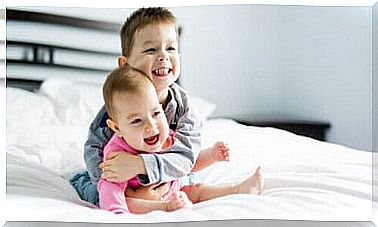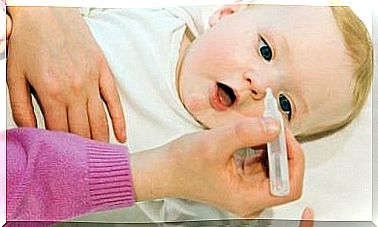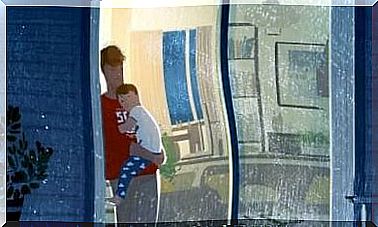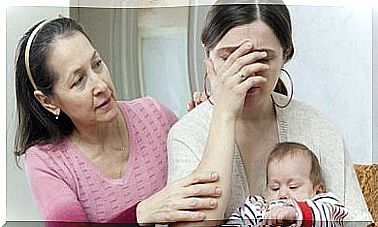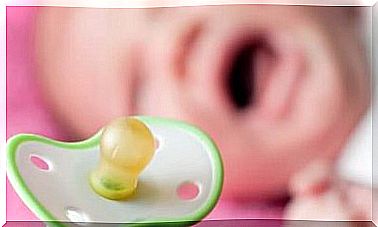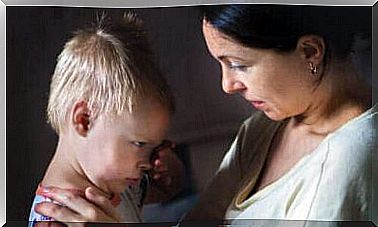5 Different Types Of Cots With Their Pros And Cons
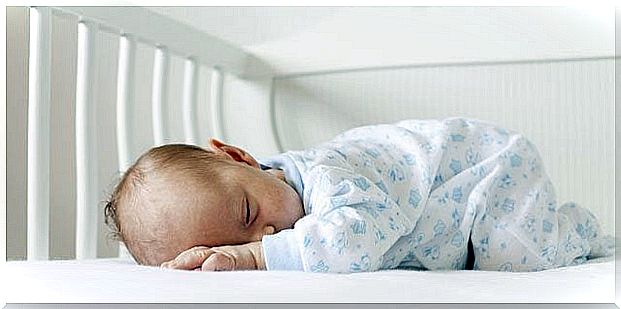
The birth of a new family member also means the acquisition of various tools and supplies. One of the most important purchases is a child’s bed, which you should invest in. There is a huge variety of designs and styles on the market, and parents should think in advance what kind of bed is right for their home and their child. Today we present five different types of cots and talk about their pros and cons.
5 different types of cots with their pros and cons
Traditional cot
When it comes to cribs, most people are probably thinking about traditional wooden cribs. These types of beds are sturdy, long lasting and safe when used properly. There are a huge number of models in different sizes and looks, so you will definitely find a suitable bed for every home. Some models can be converted to a junior bed by replacing one of the sideboards on the side of the crib with an extension.
- Pros: Typically the cheapest bed models, plus they are durable and easy to assemble. Larger models can be used until the child turns three years old.
- Cons: Often, a traditional crib is just a crib that is not otherwise customizable. The crib is also usually so big and heavy that it is difficult to move from place to place.
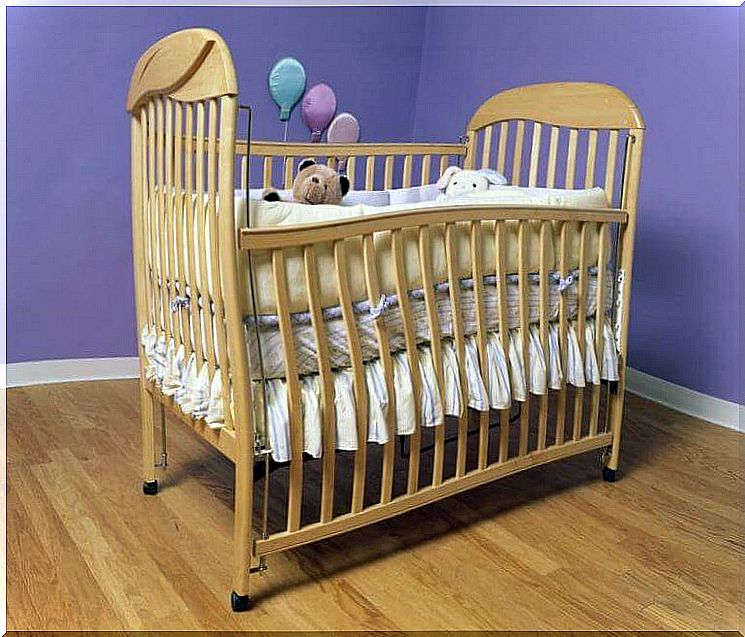
A bed with a child
There are a variety of beds available today that can be adapted as the child grows. As already mentioned above, some cots can be converted into a junior bed, but there are also cots available that stretch thanks to their extensions for up to 10 years old.
- Pros: An ecological and cost-effective choice when a child can stay in the same bed for years.
- Cons: Usually a more expensive option than other types of cots. The bed purchased for the baby may not please the older child got to fit into the new interior of the home.
Mobile cot
If you don’t have a lot of space at home, a portable crib with rings can be a good solution. The ability to move the bed from one room to another can also make it easier to look after the baby while he or she is sleeping, while the bed can be moved to the room where the parent is staying.
The most important thing is to make sure that the bed fits stacked through the doorways of the home and that it has lockable brakes to ensure the safety of the child.
- Pros: A good solution for a small home and for those who want to watch their baby constantly, even while he or she is sleeping.
- Cons: Your baby needs to be monitored regularly. There are not many different models to choose from on the market, and the mattress that comes with the bed is often a foldable model.
Travel cot
The travel cot is easy to open and fold and fits conveniently with you when traveling and is a handy spare bed for a cottage or grandmother, for example. It is a good idea to get a thin mattress pad for the travel cot, which is not only easy to wash, but also increases sleeping comfort. Beds of this type are not usually intended for continuous use.
- Pros: Easy to take on the trip thanks to its material and light weight. Often cheap. Can be used as a playpen in addition to sleeping.
- Disadvantages: Not suitable for long-term use, in addition to which some models wear relatively quickly.
Sidecar bed
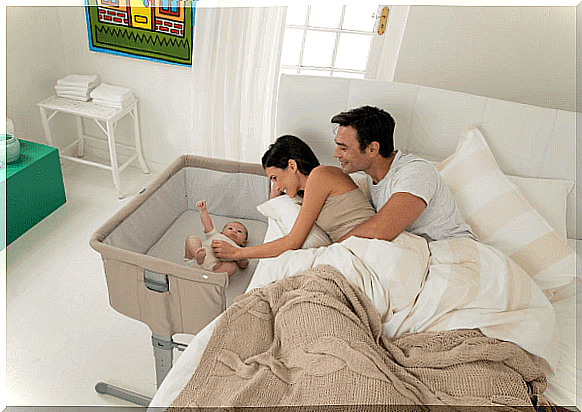
The side cot is a bed that attaches to the parent’s bed, allowing a small baby to sleep right next to the adult’s bed. The beds are height-adjustable, making them suitable for almost all adult beds. The bed is also easy to move thanks to the wheels.
- Pros : An easy and safe alternative to building a family bed.
- Cons: Usually only suitable for children up to about half a year of age.
